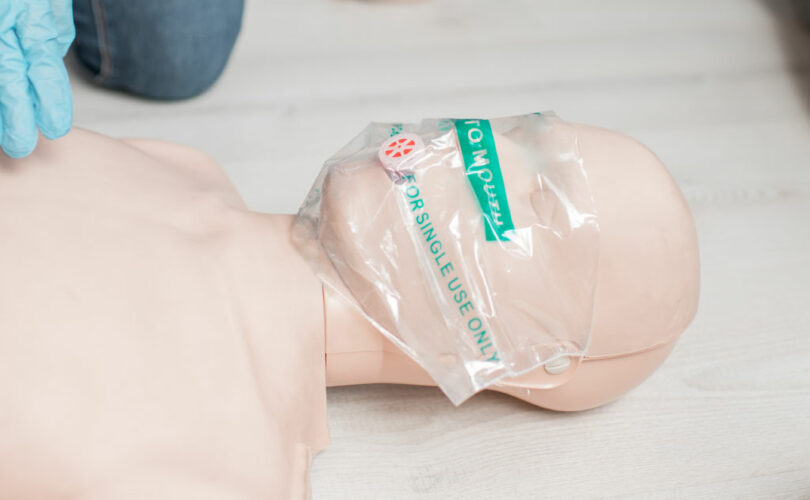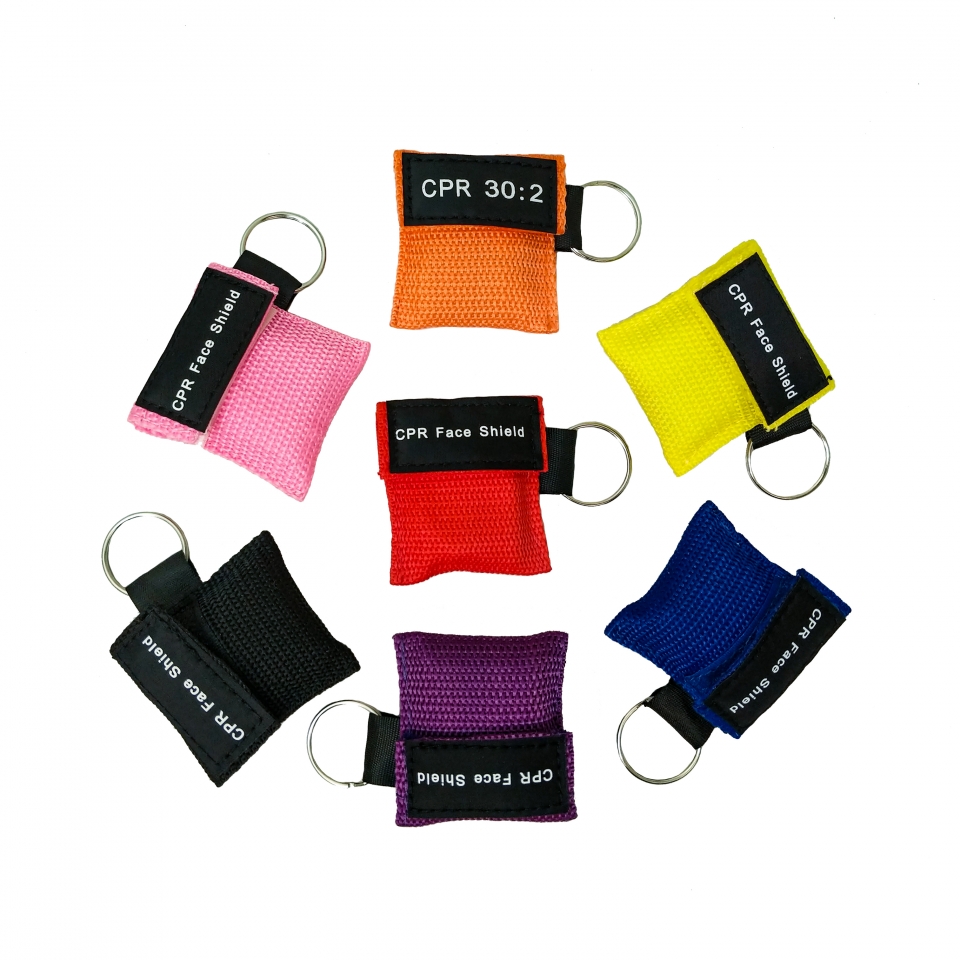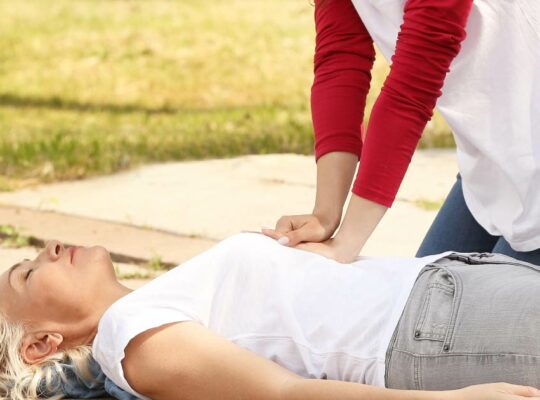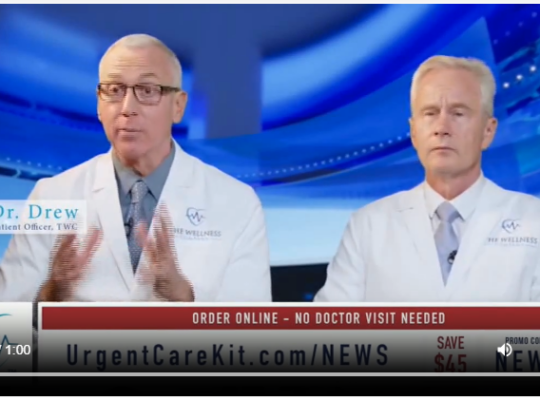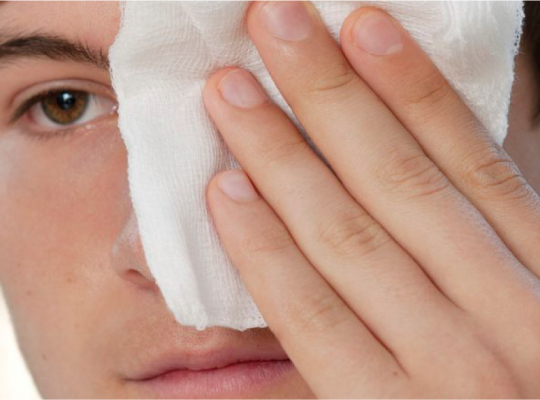CPR is a critical life-saving skill that can mean the difference between life and death in an emergency. But performing CPR, especially on a stranger, comes with certain risks—most notably, the potential for disease transmission through close contact and exposure to bodily fluids. This is where CPR masks come in. These compact devices provide essential barrier protection, helping to keep both the responder and the victim safe.
In this guide, we’ll explain what a CPR mask is, how to use one effectively, and why recent events like the COVID-19 pandemic have made barrier protection more important than ever.
What Is a CPR Mask?
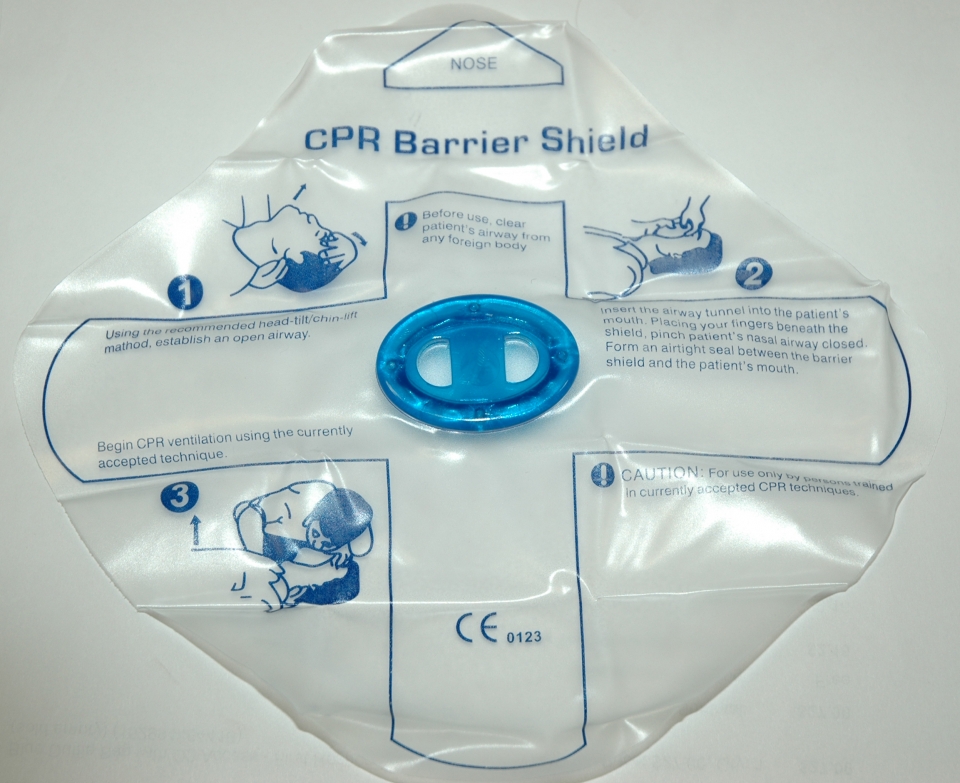
A CPR mask, also called a pocket mask or resuscitation mask, is a device used to safely deliver rescue breaths during cardiopulmonary resuscitation (CPR). Its primary purpose is to create a barrier between the rescuer and the victim, reducing the risk of cross-contamination.
There are two main types:
- Pocket Masks: Reusable, typically made of silicone or soft plastic. Equipped with a one-way valve and sometimes an oxygen inlet. These are often stored in hard cases for durability.
- Face Shields: Disposable and ultra-compact, usually consisting of a plastic sheet with a one-way valve. They offer less protection but are better than no barrier at all.
These masks are used by everyone from EMTs and athletic trainers to teachers and parents, and they are a staple in quality first aid kits.
Why COVID-19 Made CPR Masks More Important Than Ever
The COVID-19 pandemic drastically reshaped public awareness around disease transmission. With a virus that spreads via respiratory droplets, traditional CPR—especially mouth-to-mouth rescue breathing—became a potential health risk for the rescuer.
Even without direct data on COVID-19 transmission during CPR, the risk was clear. Chest compressions can cause aerosols to be expelled, increasing exposure risk. This led to widespread hesitation, with some certified individuals opting not to help in emergencies. It also fueled the rise of hands-only CPR, now commonly recommended for lay responders when no barrier device is available.
Lesson learned: The pandemic highlighted how vulnerable we can be during emergencies. CPR masks have gone from a “nice-to-have” to a vital piece of personal protective equipment (PPE).
To learn when hands-only CPR is appropriate, read our full guide here.
How to Use a CPR Mask: Step-by-Step
Using a CPR mask correctly is key to delivering effective breaths while staying protected. Here’s how:
- Check Responsiveness: Tap and shout. If there’s no response and the person isn’t breathing normally, call 911 or direct someone nearby to do so.
- Position the Mask: Align the pointed end of the mask with the nose. It should cover both the nose and mouth.
- Seal the Mask: Use both hands to press the mask down, ensuring an airtight seal.
- Give Breaths: Blow through the one-way valve, watching for the chest to rise. Give two breaths, each over one second.
- Resume Compressions: Follow the 30:2 ratio of compressions to breaths.
Note: Use pediatric masks for infants and children when available, and adjust breath intensity accordingly.
What Is the Appropriate Barrier Protection to Use During CPR?
The best protection depends on your training and the situation:
- Pocket Masks: Best for trained individuals. Provide the highest protection with a one-way valve and optional oxygen port.
- Face Shields: Lightweight and portable. Good for public responders but offer limited protection.
- Gloves: Disposable gloves should be worn when available to prevent contact with blood or other fluids.
Recommendation: A CPR mask with a one-way valve is the gold standard for safety. Keep one in every first aid kit you own.
Do CPR Masks Expire?
Yes, they can. While the mask material itself might last for years, the one-way valve is the critical component—and it can degrade over time.
What to check:
- Expiration Date: Always printed by the manufacturer.
- Valve Integrity: Look for cracks, discoloration, or stiffness.
- Storage Conditions: Keep in a dry, cool place to avoid damage.
If your CPR mask is past its expiration or shows signs of wear, replace it. Your safety depends on it.
Why Every First Aid Kit Needs a CPR Mask
Whether you’re a coach, teacher, parent, or first responder, a CPR mask belongs in your emergency kit. It’s not just about saving a life—it’s about doing so safely.
At eFirstAidSupplies, we provide kits tailored to everyday and professional users. Our CPR masks come with durable carrying cases, one-way valves, and optional oxygen ports.
When you’re prepared, you’re more likely to act. And when you act with protection, you’re more likely to help safely.
Be Ready to Respond
CPR masks are more than just a helpful tool—they’re a shield for your safety. In the era of heightened health awareness, taking the extra step to protect yourself while helping others is both smart and necessary.
Explore our CPR and first aid kits at eFirstAidSupplies and make sure you’re ready to respond in any emergency.

